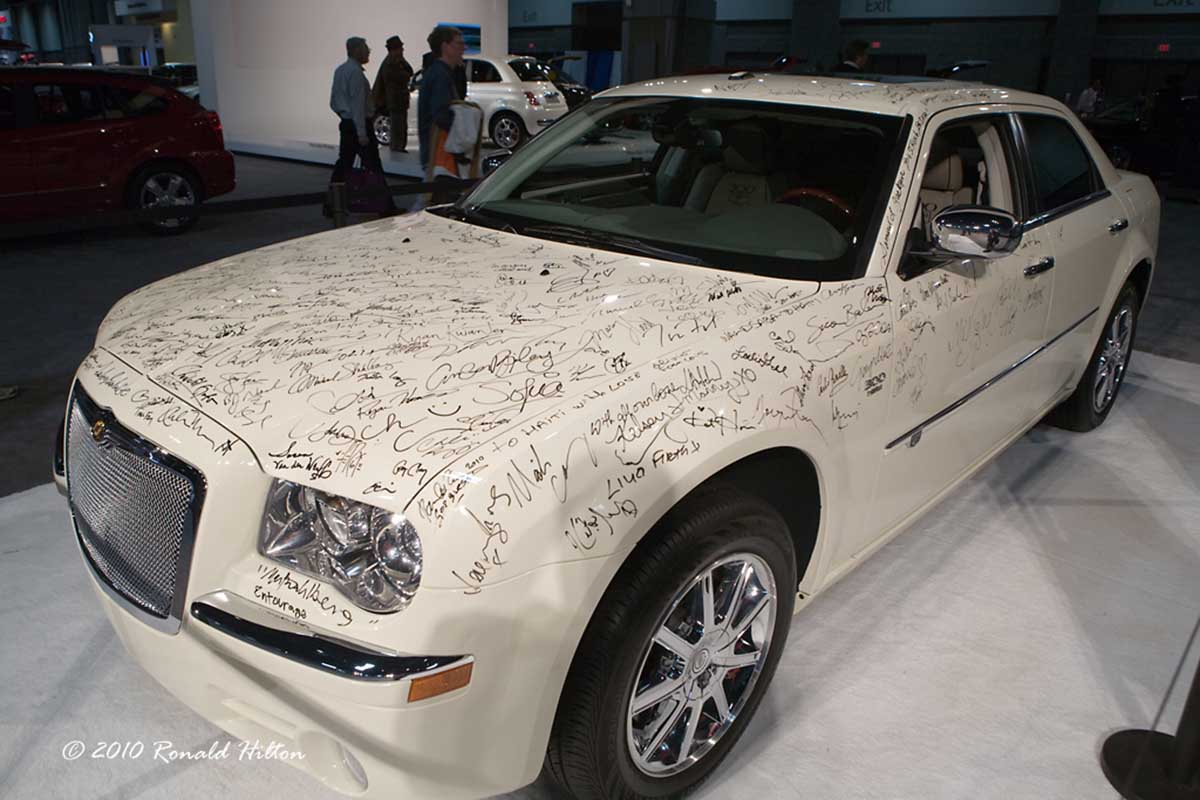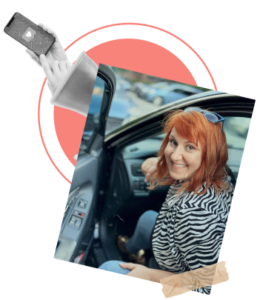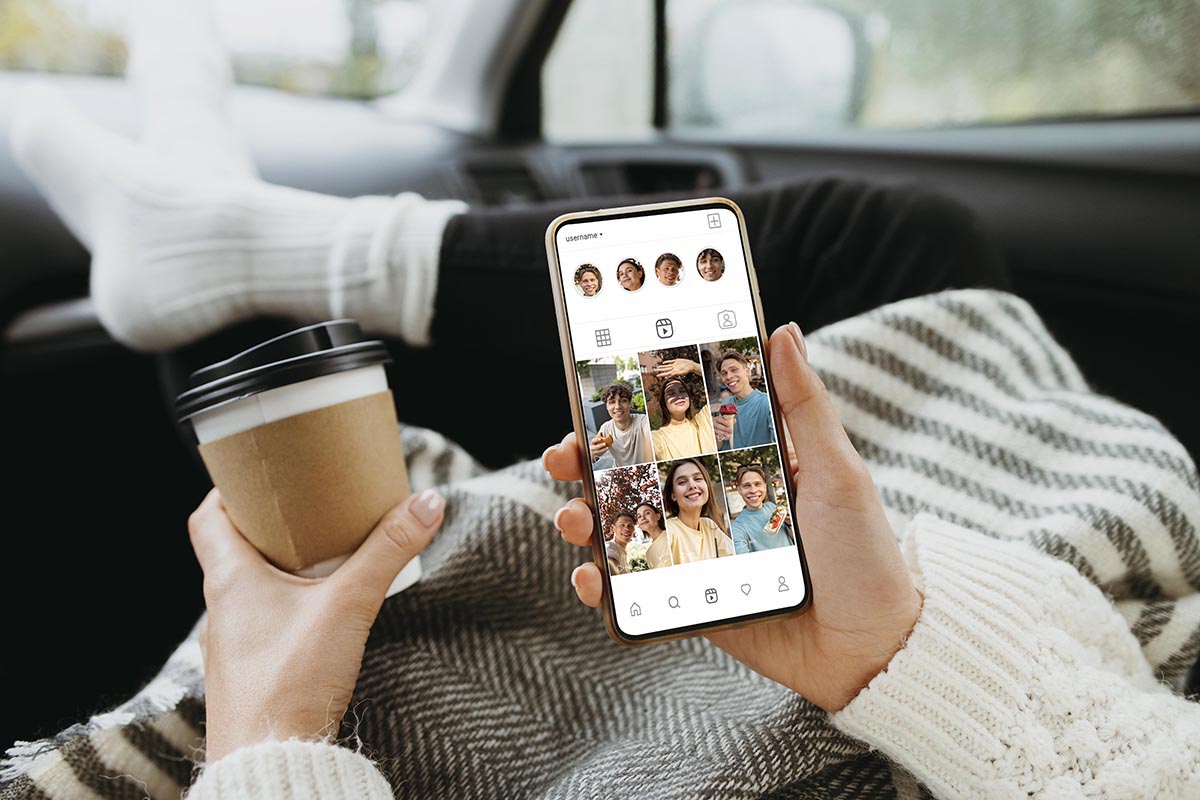Americans Don’t Want to Drive Cars. They Want to Saddle Horses
Key Points
Chrysler used an emotional marketing strategy by tapping into childhood memories—sell through emotion, not just features.
Speak to cultural identity, not logic. The right story can turn a struggling product into a status symbol.
Powerful content mirrors your audience’s desires and fears—use emotion to guide your funnel and messaging.
If you’ve ever been to the U.S., you’ve seen it. The trucks. The SUVs. The beasts of the road. Not just big — massive. Not just a car — a statement.
It’s not because Americans don’t care about the environment. Or don’t understand fuel prices. It’s because the car, for them, is more than transportation.
- It’s identity.
- It’s power.
- It’s control.
This is where marketing goes deeper than metrics. This is about emotional code — a concept that changed everything for Chrysler.
The Chrysler Collapse & Unlikely Comeback
In the early 2000s, Chrysler was flatlining. Sales dropped. Competitors surged ahead. Campaign after campaign failed.
Traditional marketing had no answers on how to sell a car. So Chrysler turned to something unconventional in the history of car marketing.
Something… psychological.
They hired Clotaire Rapaille, a marketing psychoanalyst. Not a copywriter. Not a designer.
A decoder of cultural desires. And here’s where the story gets fascinating — and wildly useful for any marketer, agency owner, or content creator.
Marketing That Doesn’t Ask “What” — But “Why”
Rapaille wasn’t interested in surveys or personas. He didn’t ask Americans,
“What kind of car do you want?”
He asked:
“What’s your earliest memory of a car?”
Why?
Because he believed that all human behavior — especially buying — is based on emotional imprints formed in childhood. We don’t just buy with logic.
We buy with our inner child’s beliefs about safety, power, worth, love, and control.
As part of an emotional marketing strategy and breakthrough in car marketing, Rapaille gathered focus groups, guided them into a relaxed state, and led them back into their earliest emotional memories of cars.
The Cultural Code Unlocked
Here’s what he found:
Americans don’t care about cars being small, eco-friendly, or even that practical. What they truly crave is control over power.
Not just getting from A to B. But feeling like they’re on top of the world while doing it.
The metaphor Rapaille uncovered?
Americans don’t want to drive a car. They want to saddle a horse. A beast. A powerful machine that obeys their command.
Welcome: The Chrysler 300
When Chrysler launched the Chrysler 300, they leaned all the way into that emotional code.
- Big. Muscular. Confident.
- Not sleek like a European car.
- Not functional like a Japanese one.
It looked like something a mob boss or a rap star would drive.
And soon, that’s exactly who bought it.
The Chrysler 300 became a cultural icon — representing strength, influence, and high status.
Rappers, actors, entrepreneurs — anyone who wanted to feel like a “player” — lined up to buy it.
Sales skyrocketed.
Chrysler wasn’t saved by engineers or ad spend for car marketing. It was saved by emotional insight. By marketing that spoke to the deepest part of the buyer’s identity.
How to Use This in Your Business
Here’s the part where you and I — content creators, marketers, founders — take notes.
This story isn’t just cool. It’s your next strategy session.
Because your customer also doesn’t just want a product. They want to feel something.
And you can make that happen with the right content, messaging, funnel—and a strong emotional marketing strategy behind it.
Step 1: Decode Your Audience’s Emotional Core
Don’t stop at:
Age;
Gender;
Pain points;
Go deeper. Ask:
What did they grow up believing about success?
What do they fear they’ll lose if they fail?
What emotion do they associate with your niche — shame, pride, freedom, excitement?
Let’s say you’re marketing skincare. You’re not selling “hydration.” You’re selling “belonging” to a world where they feel beautiful, accepted, or powerful—just like quantum marketing teaches: connect with the deeper human emotion, not just the functional benefit.
If you’re in B2B — you’re not selling “data security.” You’re selling certainty and peace of mind to someone who feels overwhelmed managing risk – optimize your B2B funnel.
The more you decode, the more effective your content becomes.
Step 2: Build Funnels That Mirror Emotional Journeys
Forget generic “top, middle, bottom” funnel templates.
Ask:
What is my customer afraid of before they click?
What would make them feel safer, smarter, more seen?
How can I create momentum — not pressure?
That’s how we move people through a funnel emotionally, not just strategically.
✅One example?
If your audience is skeptical, start your funnel with a story they relate to — not a pitch. People don’t convert from facts. They convert when they feel felt.
Step 3: Write Like a Mirror, Not a Megaphone
You’re not here to scream benefits. You’re here to reflect desires. To mirror identity. To make your audience say:
“That’s me.”
That’s what Chrysler 300 did.
They didn’t market horsepower.
They sold a feeling: being the one in control.
So whether you’re writing an Instagram caption or a 10-page sales page, ask: What identity am I helping them claim?
Bonus: Want to Learn the Framework?
Read “The Culture Code” by Clotaire Rapaille.
It’s part psychology, part anthropology, part branding goldmine. You’ll learn how nations, industries, and humans really think — and how to speak directly to their subconscious.
It’ll change how you create everything: From ads to landing pages to entire brand identities.
Final Thoughts
The brands that win now — in a world full of AI-generated noise, recycled hooks, and “copy-paste” funnels — are the ones that go deeper.
That understand why people buy. That dare to speak to the emotion behind the purchase.
You don’t need more followers. You need deeper resonance.
So the next time you’re building a product, writing a post, launching a funnel — Don’t ask: “What does my customer want?”
Ask:
“What do they remember?
What do they fear?
What do they dream of becoming?”
Because real marketing doesn’t sell a thing.
It sells a story your customer already wants to live in.





















